Capstone Groups:
Dark Mode Developers |
||
|
|
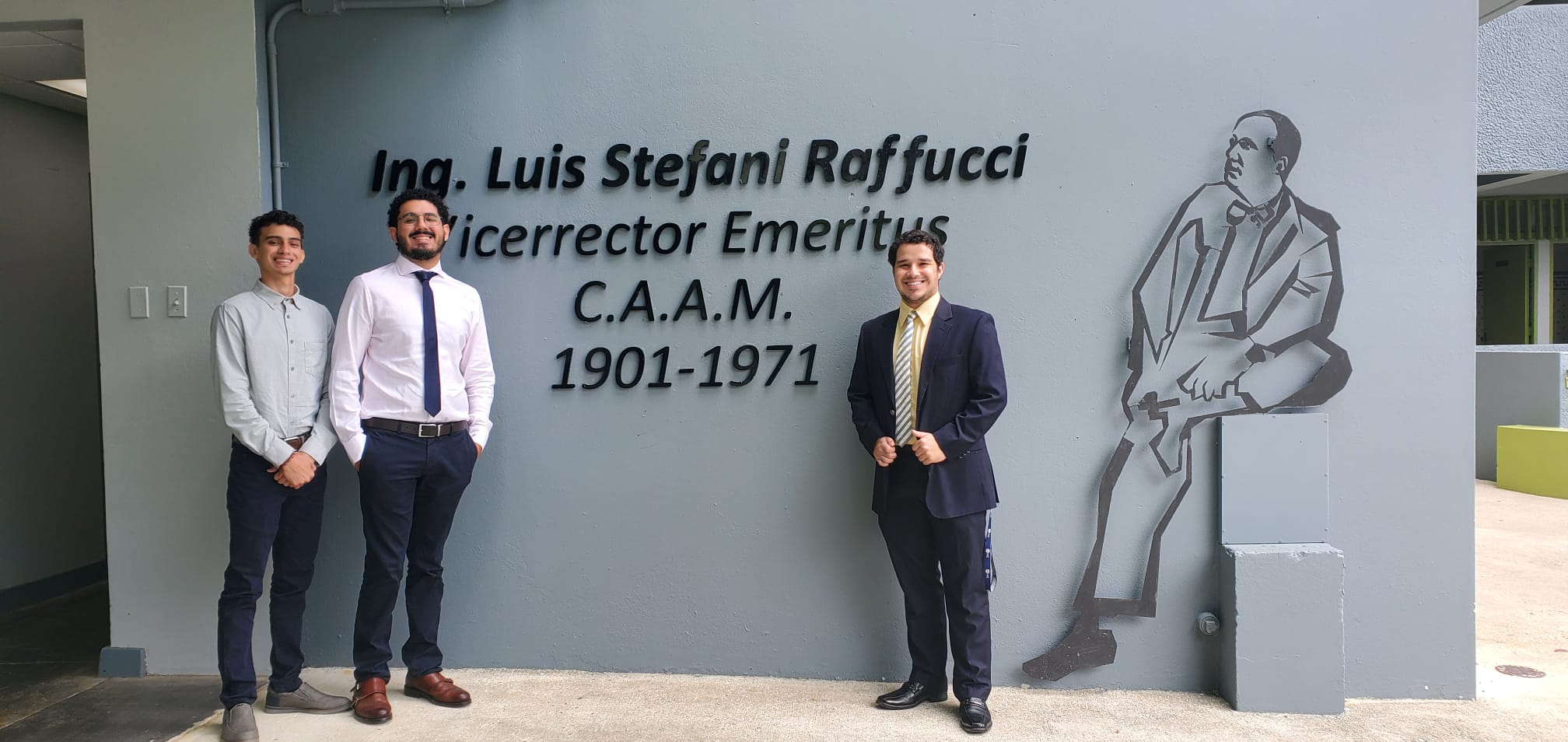
Members: |
|
Complaint Tracking System | ||
|
With the collaboration of ZetaMinusOne, the team will provide Clearview Energy with a web-based dashboard program that will provide relevant data, regarding all complaint data. The team will also be implementing an Audit Trail, which tracks the complaint's statuses while its being processed, and a "Do Not Hire" List that will provide Clearview with the information from companies or vendors with a record of bad practices. |
||
DarkView |
||
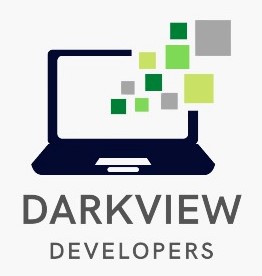
|

|
Members:
|
DebtZaver | ||
|
Darkview is partnering with ZetaMinusOne, a private technology consultancy firm, to improve Clearview Energy' workflow by providing a proprietary web-based system. Clearview Energy is an energy supplier company that lacks a platform capable of providing streamlined documentation of all interactions with their customers nor the ability to sort and filter their data. Out team will deliver DebtZaver, a system capable of collecting, sorting and managing any unpaid debts owed to the company. |
||
IJO |
||

|
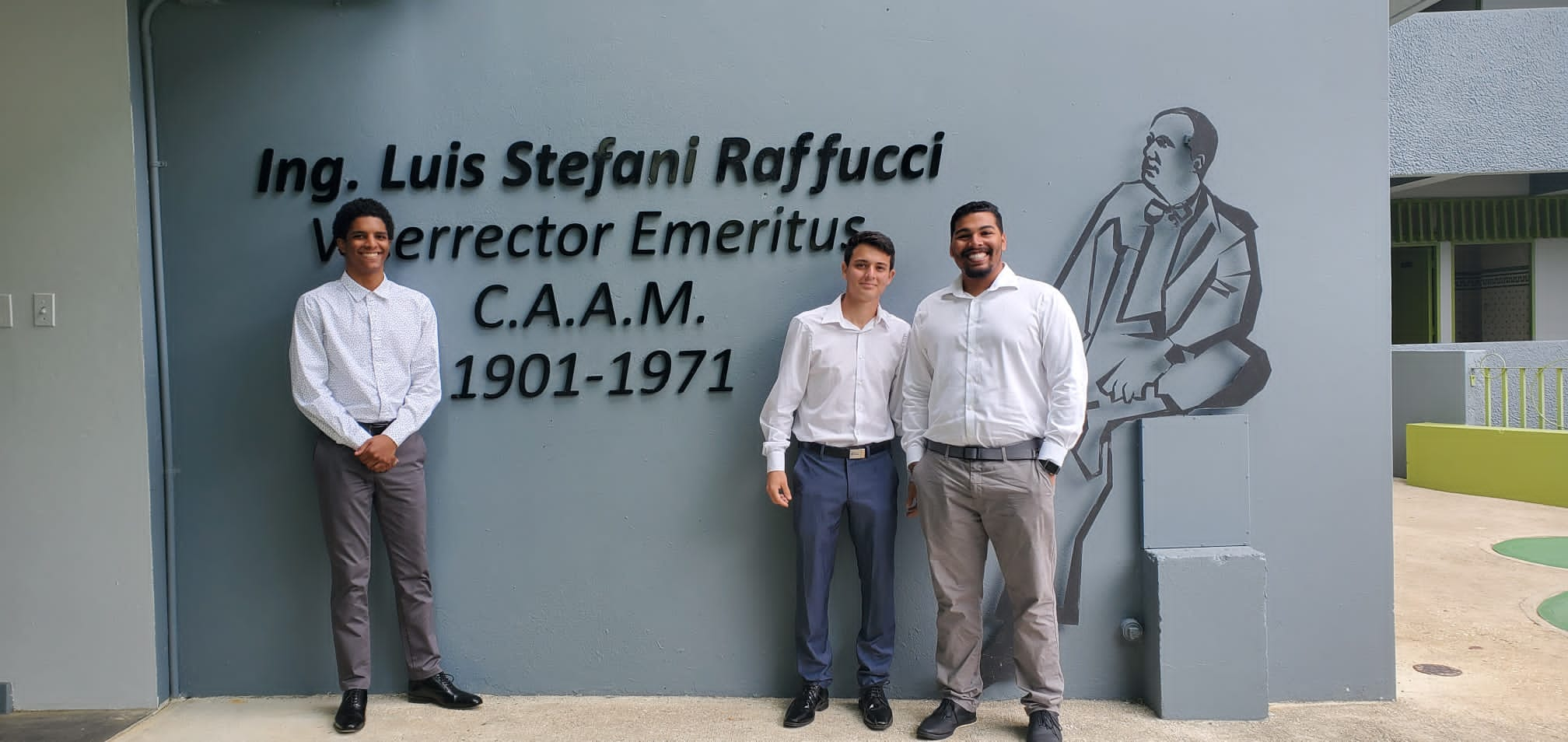
Members: |
|
Snake.IJO | ||
|
The U.S. Fish and Wildlife service proposed to remove the Puerto Rican Boa from the endangered list, but many biologists, including Dr. Puente, believe that there is simply not enough data to back that action. Dr. Puente and his collaborators currently track the population of the Puerto Rican Boa by tagging snakes with radio-frequency identification (RFID) tags manufactured by Biomark. Tagged snakes are counted on subsequent visits to create an estimate of the population. Snake.IJO proposes the creation of a long-duration RFID tag data logger, compatible with Biomark tags, capable of detecting tagged snakes continuously for a minimum of 6 months. The determination of whether the tagged snakes are coming from inside or outside the cave will be accomplished through the use of RFID antennas embedded in the cave walls or under the soil, which will detect any passing tagged snakes. The collected data will be stored on removable flash storage protected from the environment. Since there is no access to the power grid from the cave, a power management system will collect energy from solar panels placed on a clearing near the cave and charge a lithium-ion battery capable of powering the system during low light conditions. |
||
Toadies Be Anura (TBA) |
||
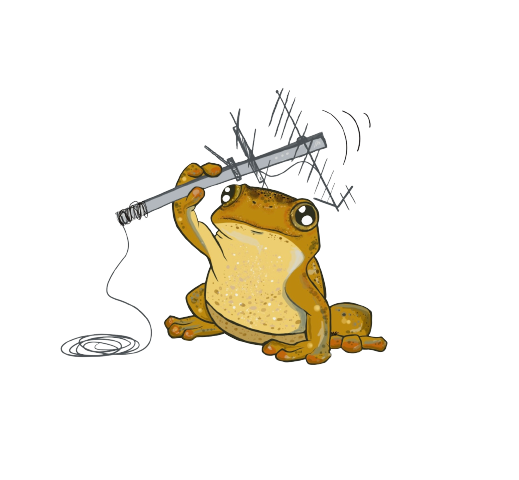
|

|
Members:
|
Frogbytes Introduction Site Monitoring System | ||
|
The Frogbytes Monitoring System is a remote system that will regularly collect data for a specific pond located at a Private Reserve "El Tallonal" in Arecibo, PR. This solution will incorporate water sensors, a camera, and a web application to provide a replicable solution that can be implemented at other reintroduction sites in the future, improving the efficiency of monitoring and aiding in the conservation efforts of the currently endangered Puerto Rican Crested Toad. |
||
Real-Time Development Center (RTDC) |
||
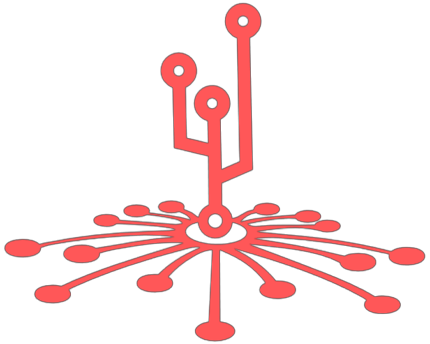
|

|
Members:
|
RUMarino Sensors & Actuator System (SAS) | ||
|
RUMarino is a research organization at UPRM that is currently developing an Autonomous Underwater Vehicle (AUV) named Hydrus. The embedded system for the AUV is currently in the implementation phase. The RTDC capstone team is collaborating with RUMarino to start the integration of sensors and actuators. The team is developing drivers for the 8-thrusters configuration, DVL, Pressure and Depth sensors, which will be available at the end of the semester for RUMarino. The proposed solution uses Robot Operating System (ROS) to incorporate the components into a network that will connect to the main computer of the vehicle. |
||